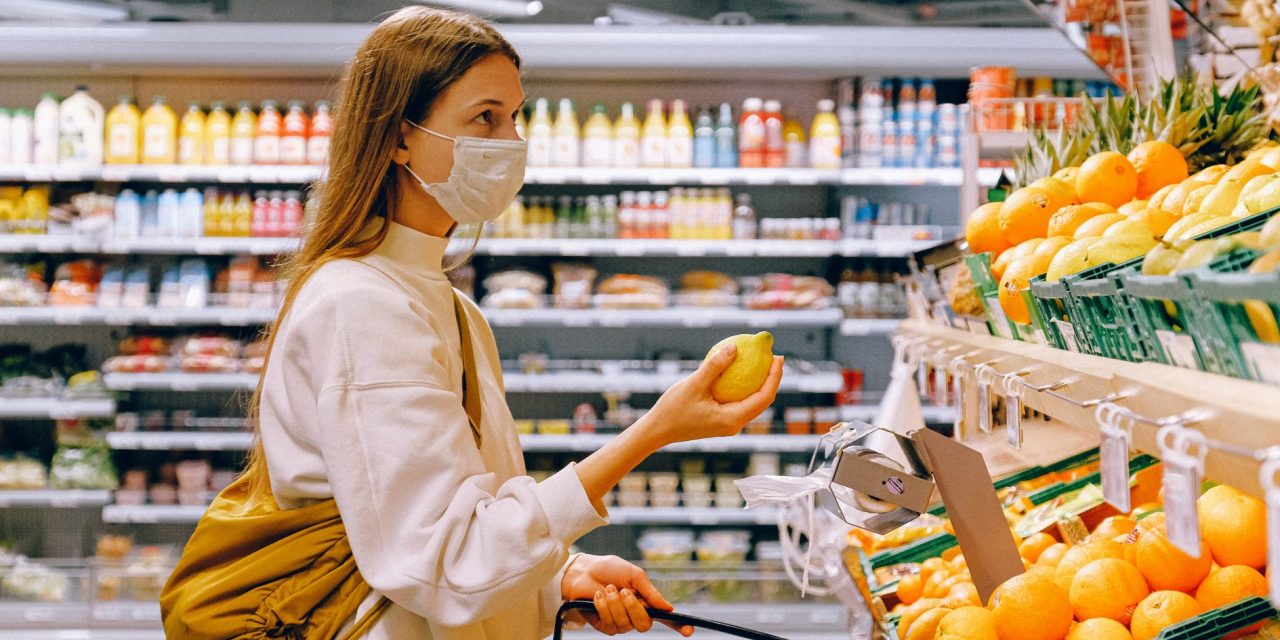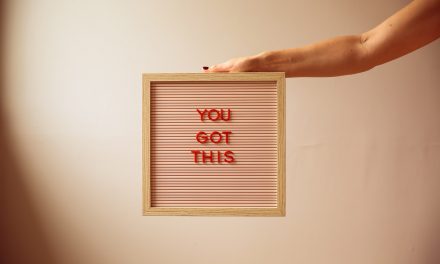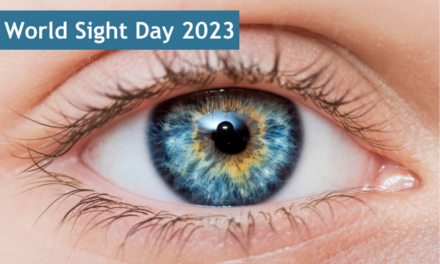We know they’re not fun to wear but, like it or not, face coverings are now a part of our daily lives. For the simple reason of protecting yourself and others from the spread of COVID-19, it is mandatory to cover your mouth and nose in shops, enclosed public spaces and on all public transport in England. It is also important to note that fines can be imposed for those who don’t.
Please be aware that wearing a face covering does not replace the need to isolate and test if you develop symptoms. Please stay home and call 119 to book a test.
With so many things to bear in mind, we have broken it all down into the bits you need to know.
What is a face covering?
A face covering can be anything from a simple scarf or bandana tied around your face, to a stylish fabric mask or the disposable kind you can buy in the supermarket. As long as it fits snugly and doesn’t allow air to escape from the edges you’re good to go.
Please note: There has been an increase in people using plastic face shields as an alternative to a face covering. These do not offer the same level of protection and are not meant to replace their use. If used they must also be combined with a face covering as before.
Where must I wear one?
In most enclosed public spaces. This means shops, salons, supermarkets, public transport hubs, buses, taxis, trains, libraries etc.
A full list can be found at the GOV.uk website
Who has to wear one?
Everyone over the age of 11. However, people with certain disabilities and medical conditions may be exempt and it is important to remember the their reasons may not be visible. Please be kind to people, be understanding and don’t shout at them for not wearing a mask – they may have very good reasons.
If you think you may be exempt, please visit the GOV.uk website for a full list of exemptions. You can also download printable exemptions cards and badges.
Why do I have to wear one?
The coronavirus, or COVID-19, spreads via droplets in the air and on surfaces you touch. The droplets can be spread by coughing, sneezing, talking or simply being close to someone. so wearing a face covering reduces the risk of this happening by catching them and stopping the transfer if you are carrying the virus.
Can I make my own?
Yes, absolutely! If you would like to make your own, we have put together our own easy instructions for a mask that can be made in just a few minutes!
What do I do after wearing it?
If it’s a single use mask, dispose of it carefully in your normal bin, not in the recycling.
Reusable masks should be washed regularly. Store the used masks safely until you wash them with the rest of your laundry as usual.
It’s steaming up my glasses!
This is a sign that your mask does not fit properly around your face. It can help to tuck the top of the mask under your glasses to hold it down. You can also use one that has a wire across the bridge of your nose to help you shape it. A close fit will ensure your breath does not escape out of the top and steam you up!
Due to the unpredictable nature of the current coronavirus pandemic, the advice in this article is subject to change. For the most current information on face coverings please visit the GOV.uk website




